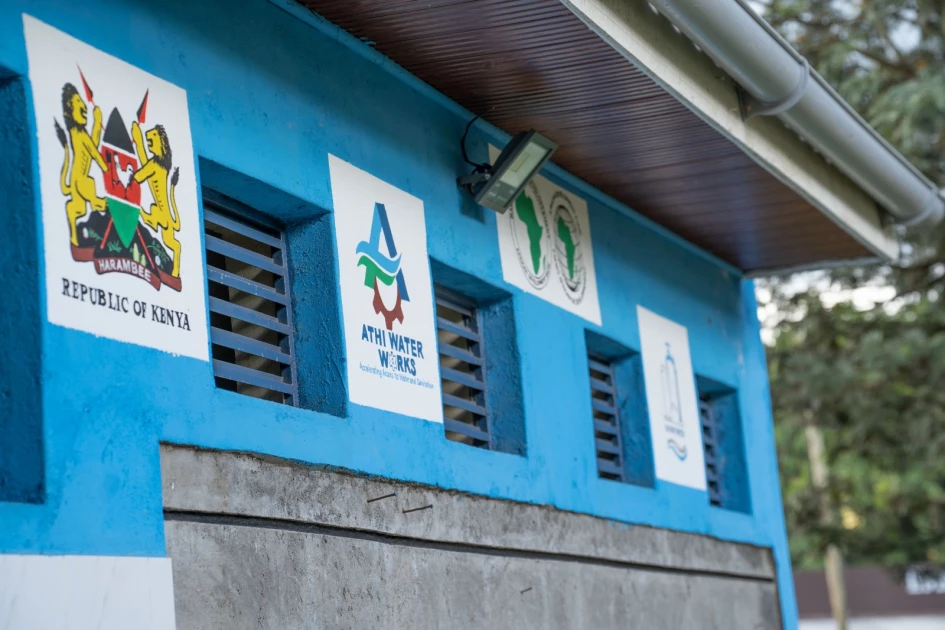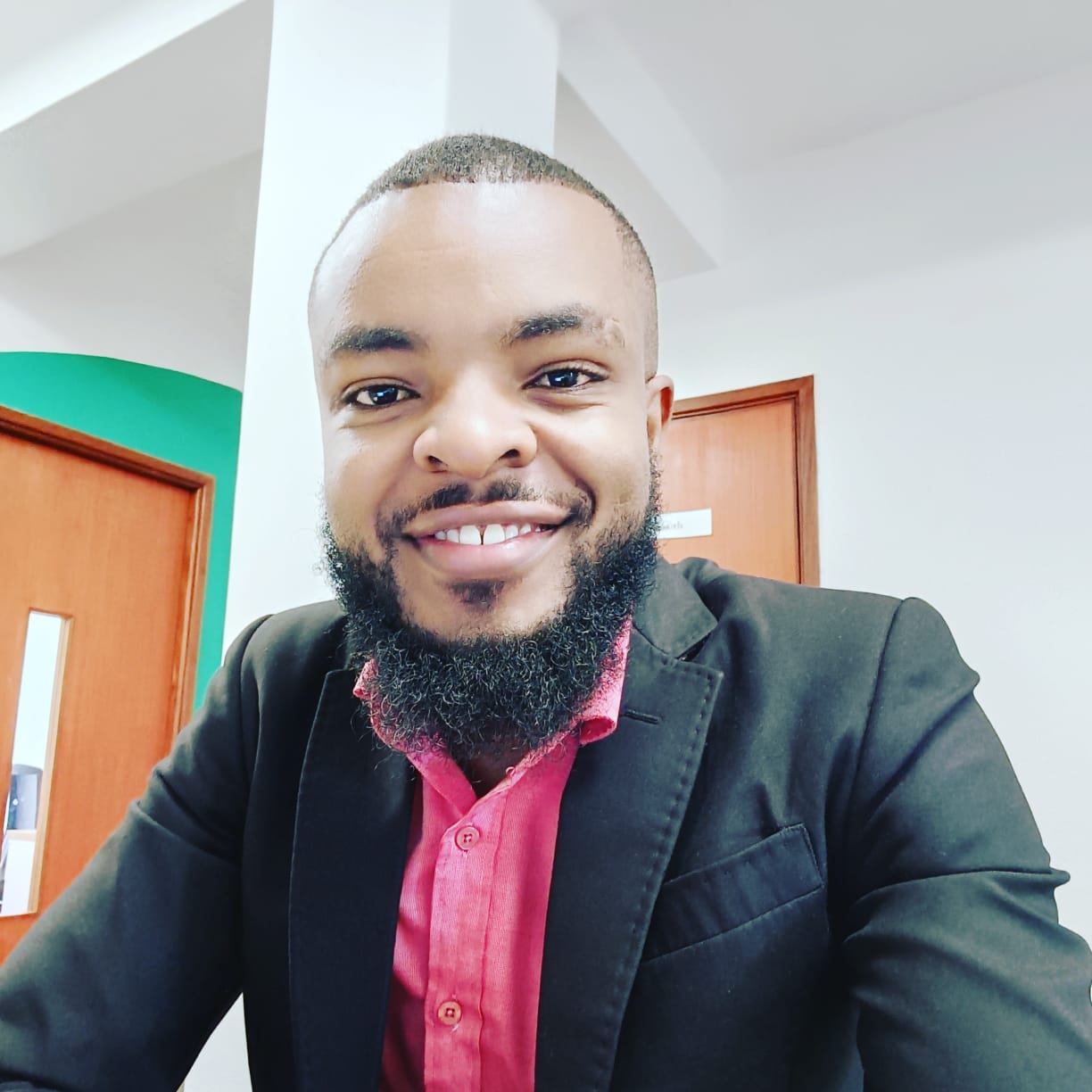Kenya partners with African Development Bank for Phase 2 of Nairobi Rivers Rehabilitation

Ablution blocks and community centres meant to serve communities in Nairobi's informal settlements have been constructed and rehabilitated under NaRSIP.
This project aims to significantly improve access to enhanced sanitation services in the city, enhance the quality of the Nairobi Rivers, and contribute to the sustainable development of Kenya’s capital.
Nairobi houses approximately 9% of the country’s total population of about 48.5 million. However, rapid urbanization has outpaced the development of vital services, leading to sanitation challenges
Building upon the success of the Nairobi Rivers Sewerage Improvement Project Phase I (NaRSIP I) conducted between 2012 and 2017, the Government of Kenya, through the Athi Water Works Development Agency (AWWDA), is launching NaRSIP II.
The primary objective of NaRSIP II is to increase the coverage of improved sanitation services from 48% to 55% within the city, while simultaneously focusing on improving the quality of the Nairobi Rivers.
NaRSIP I witnessed the construction of 56 kilometres of trunk sewers, 40 kilometres of reticulation sewers, and significant expansions of wastewater treatment plants. Notable accomplishments included the expansion of the Dandora wastewater treatment plant and the rehabilitation of the Kariobangi wastewater treatment plant. These efforts improved sewerage coverage from 40% to 48% within the city.
NaRSIP II is positioned to advance the accomplishments of its predecessor, concentrating its efforts on three key project components. The Rehabilitation and Duplication of the Dandora Sewerage Treatment Plant (DESTP) takes centre stage as it aims to bolster the processing capacity of the Dandora treatment facility.
Simultaneously, the project embarks on the Construction of Secondary Reticulation Sewers. This initiative addresses the existing gaps in the city’s sewerage network coverage, focusing its resources on establishing a comprehensive framework of secondary reticulation sewers. This infrastructural expansion is envisioned to significantly heighten accessibility to sanitation services.
The NaRSIP II project aims to significantly expand sewerage coverage, lifting it from its current level of 48% to a more encompassing 55%. This expansion promises to extend improved sanitation services to a wider and more diverse population, addressing a pressing need in the city.
The anticipated expansion of access to water and sanitation services is also expected to have a positive impact on poverty reduction. By generating new business opportunities and reducing costs for residents, the project could play a significant role in uplifting economic conditions within the city.
A core aspect of the project involves capacity-building efforts. By enhancing the skills and knowledge of stakeholders involved in the management and operation of infrastructure, these initiatives are aimed at ensuring the long-term sustainability and effectiveness of the implemented improvements.
In line with its environmental goals, the project’s strategy includes tree planting along sewer line routes.
To address climate change concerns, the project will convert biogas to energy at wastewater treatment plants, implement methane gas collection and flaring techniques to reduce greenhouse gas emissions, and undertake various climate adaptation measures, including rainwater harvesting support and the development of green infrastructure.
Want to send us a story? SMS to 25170 or WhatsApp 0743570000 or Submit on Citizen Digital or email wananchi@royalmedia.co.ke
Comments
No comments yet.



Leave a Comment